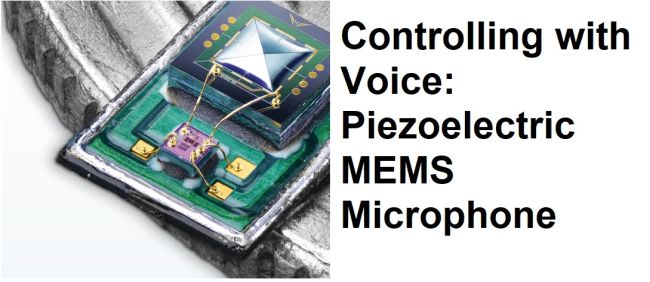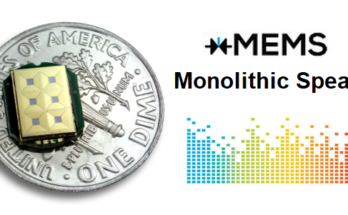The traditional ECMs (Electret Condenser Microphones) have been widely used since they were invented 50 years ago. You can find them in your smart phones, laptops, tablets, surveillance camera, etc. Microphones are not only used in everyday products, but they are also used in digital voice recording, hearing aids, laboratory testing, headsets, speech recognition, and voice control, etc. As those applications tend to be more sensitive to space and power consumption, small, low-power, and high-definition microphones are demanded. MEMS (Micro Electro-Mechanical Systems) microphones can fill this demand with huge advantages over ECMs. MEMS microphones offer higher SNR (Signal to Noise Ratio), much lower power consumption, small dimension, high sensitivity, and vibration resistance. MEMS microphone are fabricated in semiconductor fabs using the same lithographic process as making the VLSI (Very-Large Scale Integration) chips. Therefore, MEMS microphones have consistent characteristics, uniform performance, and low defect rate as any ICs (Integrated Circuits).
Piezoelectric MEMS microphones offer unique advantages over other technologies, such as capacitive transducers which dominated the market for over a decade. Piezoelectric materials have relatively linear characteristics that can ensure high fidelity in signal reproducing. Also, piezoelectric materials are compatible and simple suited for modern semiconductor processes. Vesper Technologies, the UK-based high technology company is one of the heavy weight players in piezoelectric MEMS microphone manufacturing. Vesper has fabricated and commercialized many highly reliable and advanced MEMS piezoelectric microphones. Vesper VM1010 piezoelectric MEMS microphone is a popular product, which provides wake-on sound function for many battery-powered smart devices. The VM1010 draws a scant 10 µA of current in listening mode. This is the only device in the market features energy harvesting that scavenges sound energy itself to wake a system from full power-down mode. The VM1010 features a programmable loudness threshold allowing voice activation to be customized for the desired distance and level of background noise. When the environment is quiet, the system can enter the low-power “wake-on-sound” mode and bring battery drain to a virtual halt. This device earned the Innovation Awards of 2018 CES (Consumer Electronic Show).
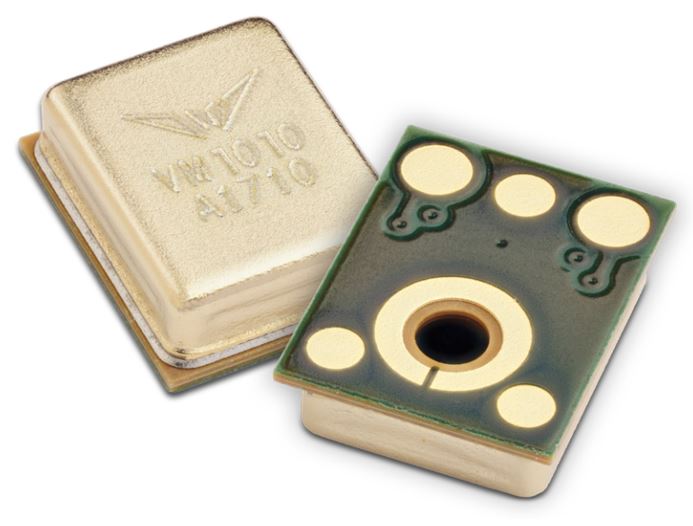
Features
- Industry’s lowest-power wake-up
- Configurable voice threshold
- Single-ended bottom port analog microphone
- Programmable voice threshold
- Capable of sound detection with just 18 µW operation and fast startup
- Extends battery life up to 7x
- Dust-proof and water-resistant piezoelectric MEMS construction
- Current Consumption: ∼ 10 µA in “wake-on-sound” mode and 85 uA in normal mode
- Startup time of 200 µsec
- 6 – 3.6 V operation
- Small size: 3.76 mm X 2.95 mm X 1.3 mm package
- Configurable threshold from 65 – 89 dB
- IP57 rating
Extended Battery Life
The VM1010 features the first generation ZPL (Zero Power Listening) which is already endorsed by industry leading products such as far field voice remotes and security cameras for extended life. Adaptive ZPL (the second generation of ZPL, such as offered by VM3011) can further extend the ability of the battery-operated smart home device to run for months on a single charge.
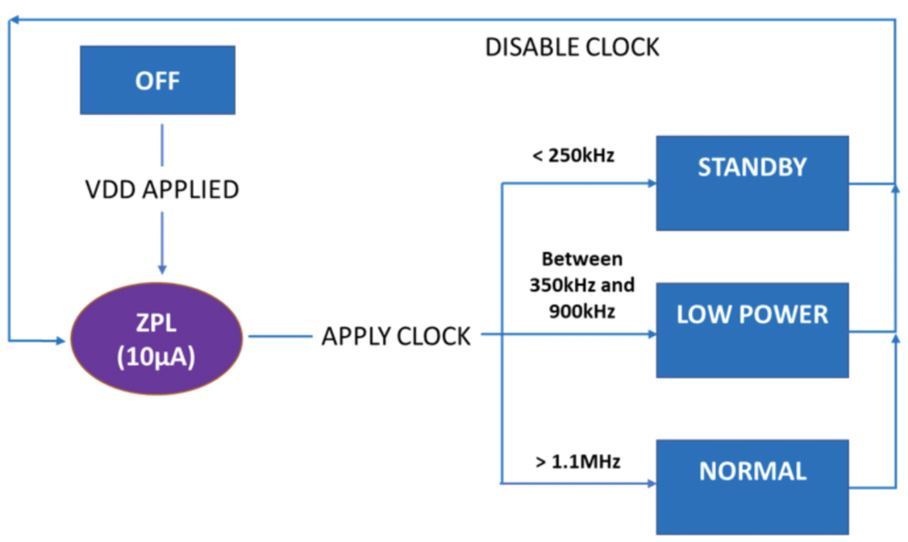
Applications:
- Voice activated TV Remote controls
- Smart Security Cameras
- Glass break / Smoke alarm detectors
- Smart Watches and other wearables
- Smart Home applications
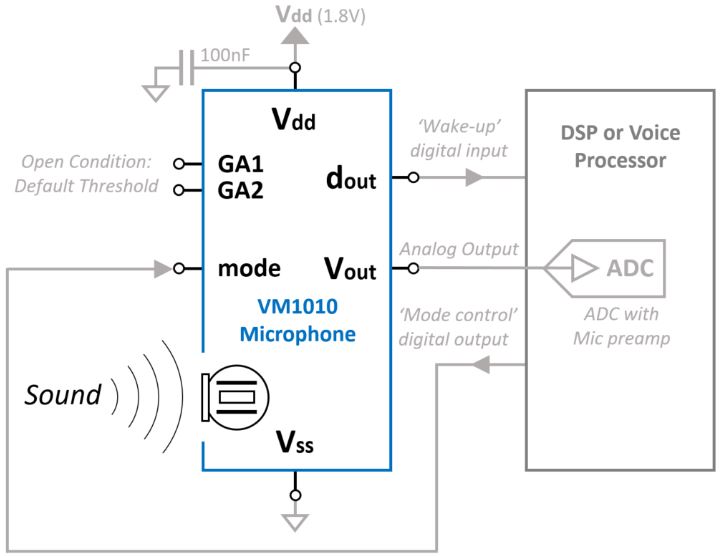
Read more at: https://vespermems.com/

